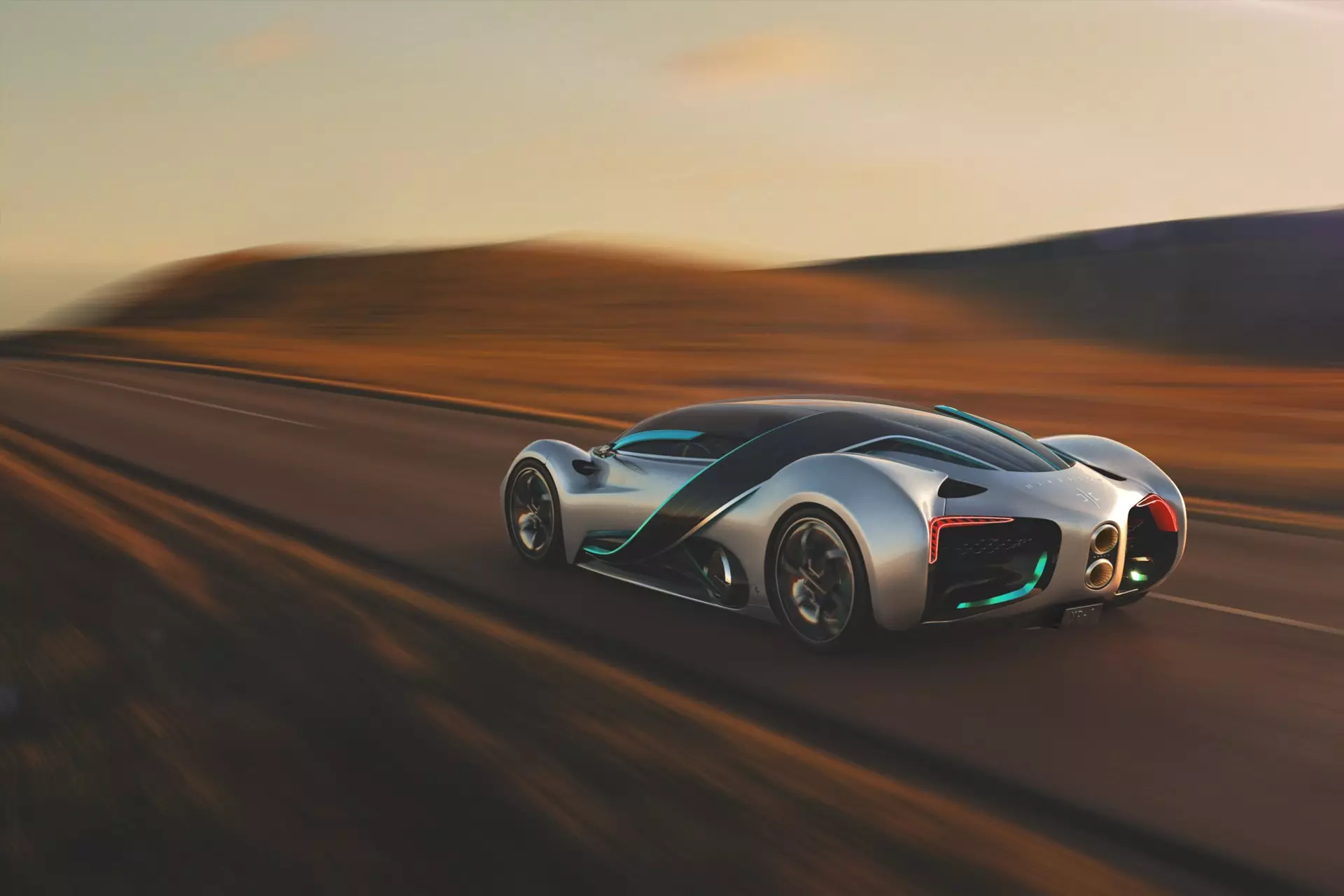Founded in 2011, the American startup Hyperion recently unveiled a prototype of a hydrogen hypersport. designated by Hyperion XP-1 , this is still a prototype and is described as the brand's first chapter to promote hydrogen and the “complement of about 10 years of development, research and testing”.
The XP-1's design doesn't hide what it is, presenting proportions that, at first glance, remind us of another hyper-sport, with a mega-internal combustion engine: the Bugatti Chiron.
With “V-Wing” opening doors (according to the brand), the Hyperion XP-1 has a diffuser made of Kevlar, LED lights, active side “blades” to improve aerodynamics, and has 20” wheels (à front) and 21” (back). Inside, Hyperion claims that the XP-1 has a… 98” curved screen!

what we already know
As you would expect since it is a prototype, the technical data related to Hyperion XP-1 tends to be scarce. Still, the numbers that the American startup has already released leave “mouth watering”.
Subscribe to our newsletter
Equipped with multiple hydrogen fuel cells that power multiple electric motors, which send power to all four wheels, the XP-1 promises a range of around 1000 miles (approximately 1610 km) . Best of all, refueling, as in any fuel cell vehicle, can be done in 3 to 5 minutes.

In the performance chapter, Hyperion states that the XP-1 is capable of going from 0 to 60 mph (0 to 96 km/h) in 2.2s and has a top speed in excess of 220 mph (more than 354 km/h) H).
With regard to mass, betting on hydrogen instead of batteries also has advantages. By way of comparison, while the Lotus Evija is also electric, but with battery, it weighs 1680 kg — the lightest among 100% electric hypersports —, the Hyperion XP-1 advertises a weight of just 1032 kg — only the newly introduced GMA T.50 is lighter.
Finally, both the power of the XP-1 and the date on which we will get to know the production version remain in the "secret of the Gods".
